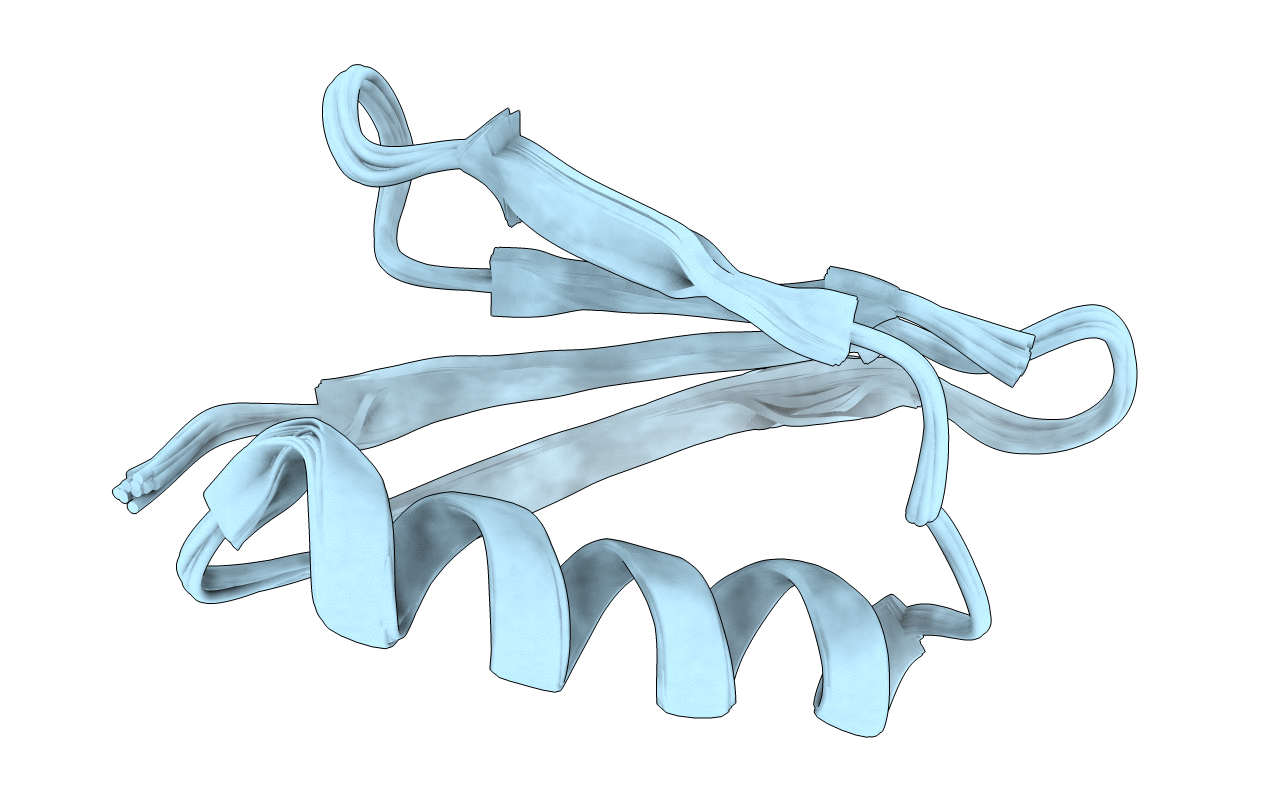
Deposition Date
2015-11-26
Release Date
2016-12-28
Last Version Date
2024-05-15
Entry Detail
PDB ID:
2N9K
Keywords:
Title:
1H, 13C, and 15N Chemical Shift Assignments for in vitro GB1
Biological Source:
Source Organism:
Streptococcus sp. 'group G' (Taxon ID: 1320)
Host Organism:
Method Details:
Experimental Method:
Conformers Calculated:
100
Conformers Submitted:
20
Selection Criteria:
target function


